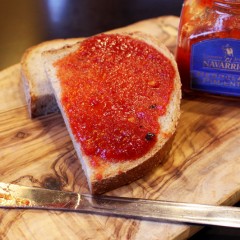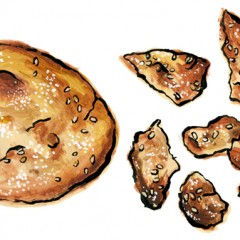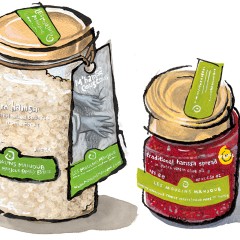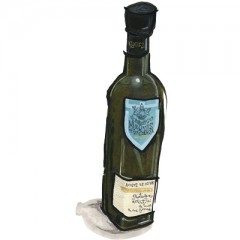
Rozendal Wine Vinegars: 12-Year-Old Biodynamic Masterpieces from South Africa
(Note: This article was originally featured in Ari’s Best Foods of 2011, but the honeymoon is not over. Rozendal is an exceptional product.) These are truly one of the best new things I’ve tasted in a long time. I think that I first tried the Rozendal vinegars three years ago at a food show. Their […]
Read more »




Zingerman’s Art for Sale